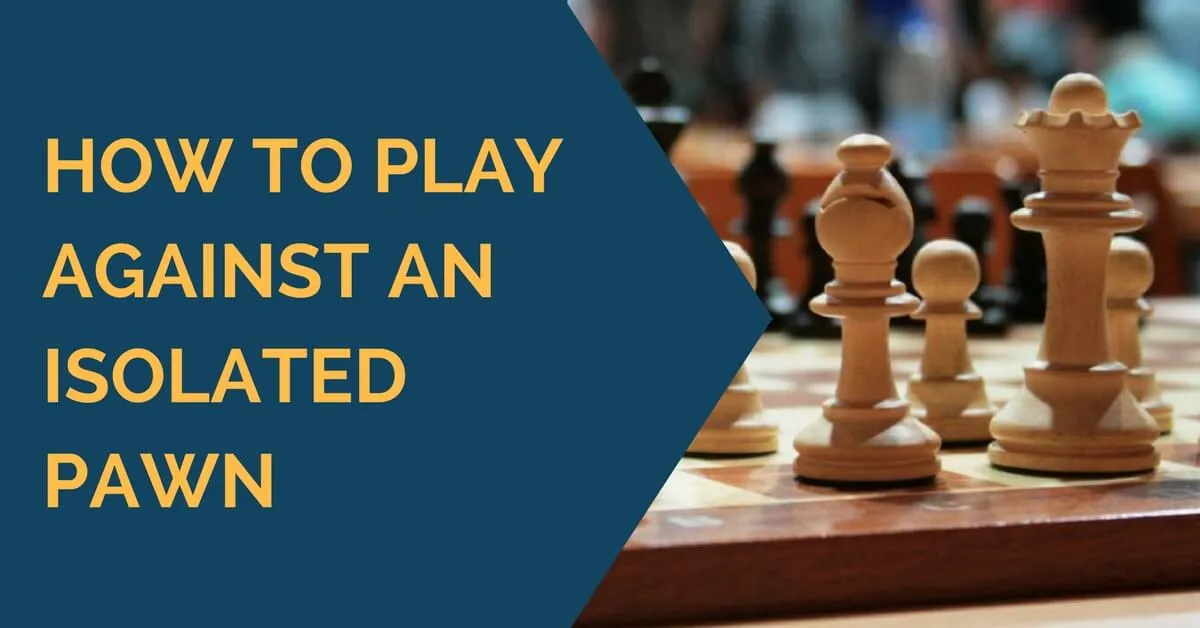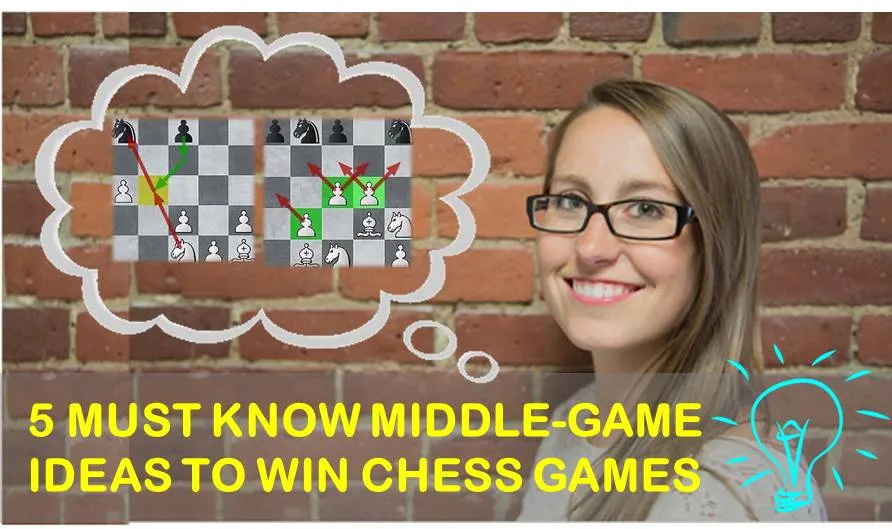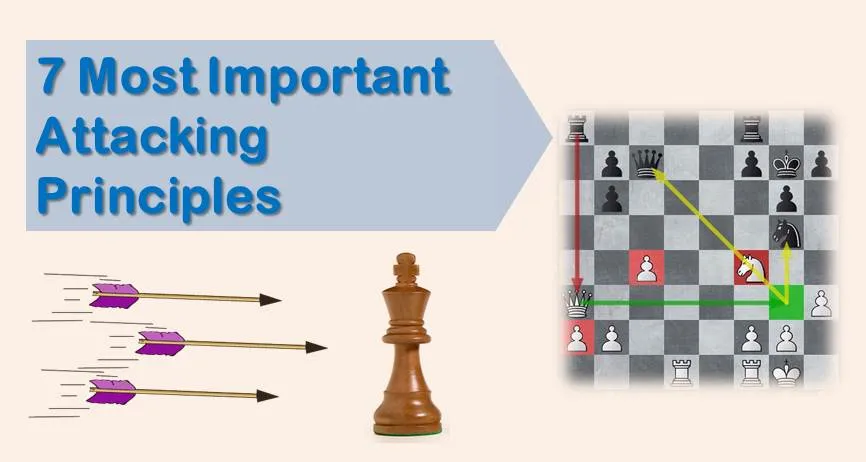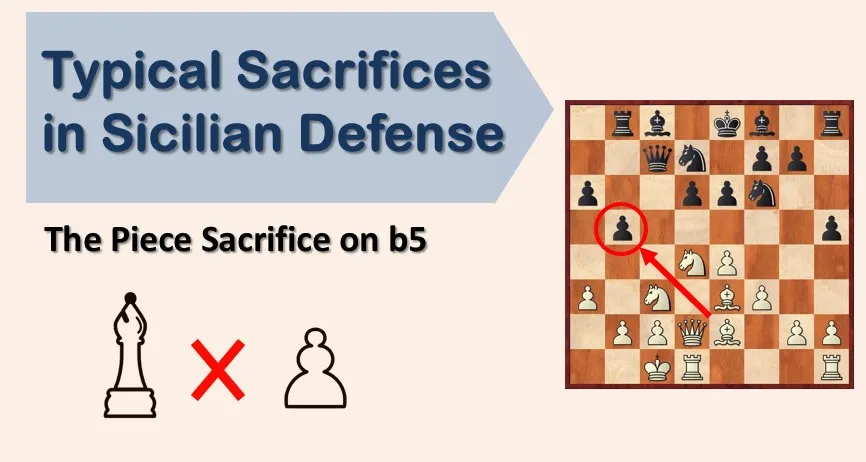How to Play Against an Isolated Pawn

The isolated pawn is a very common middlegame theme. Thus, it is very important to know the strategy for playing with and against it. In my previous article, I’ve covered the general ideas of playing with the isolated pawn, if you missed it, you can always review it here. The importance of this topic is related to the fact that isolated pawn positions can arise from a huge number of openings: Queen’s Gambit, Queen’s Indian Defense, Nimzo-Indian Defense, French Defense, Caro-Kann Defense (Panov Attack), and even the Sicilian Defense. In today’s article, I will describe the main plans for successfully playing against the isolated pawn. Let’s get started.
Let’s take a look at a very typical isolated pawn position from Caro-Kann Defense – Panov Attack:
White has an isolated pawn and black’s job is to counter it. Let’s go over all the advantages and disadvantages that isolated pawn possesses.
Advantages:
The main plus of the isolated pawn is that it provides a spatial advantage. A player that has the isolated pawn usually faces no problems with developing pieces. White controls semi-opened “c” and “e”-files, while, e5-square plays a significant role in this position. White usually tries to occupy this square with a knight [great-great outpost!]. Sometimes, an isolated pawn gives white some initiative on the kingside.
But there are also two disadvantages:
- Black controls d5-square which also plays a significant role in this position
- Isolated pawn can only be protected by pieces, meaning that it becomes a weakness after trading off pieces and simplifying the position
Let’s take a look at some examples when an isolated pawn is a potential weakness.
Before we get started with the concrete examples, let me tell you what are the most common ways for playing against the isolated pawn. Of course, everything depends on the position: your pieces’ activity, king’s safety, opponent’s weaknesses, etc. But there are some general strategies that grandmasters apply in their games to beat the isolated pawn.
What are the strategies?
- Simplify the position by trading the minor pieces. Of course, you can trade the rooks and queens as well, if you think that the position will be more favorable. But the main point is that you can double your rooks on the d-file and then attack the isolated pawn with your e-pawn and your opponent can’t take this pawn because his d-pawn is pinned. You can also trade off pieces if you playing black and “draw” is a sufficient outcome.
- Obstruct the opponent’s pieces, while you kick starting another plan and creating weaknesses on the kingside. Also, don’t forget to blockade the isolated pawn with any of your pieces (the knight works best for that). Blockading the pawn is important because if you allow your opponent to move the pawn, it will open up/simplify the position and your attack is more likely to fail.
- Go into the endgame and centralize your king to attack the isolated pawn.
- Trade off pieces and create weaknesses on c3 or c6. In this case, the control of c4 (or c5) squares builds the initiative and helps your pieces to interact while you attack a and c-pawns.
In this example, I have demonstrated how you can force your opponent’s pieces to defend the isolated pawn while you can utilize another plan – create a weakness or start an attack on the kingside.
In the endgame, a player with an isolated pawn usually faces some difficulties. The most unpleasant piece ratio is the knight blocking the isolated d5 pawn against the light-squared bishop.
In this example, you’ve learned how to play against an isolated pawn in the endgame.
One of the methods playing against the isolated pawn is simplifying the position and moving to the endgame. That’s exactly what’s shown in our next example.
Another popular plan for playing against an isolated pawn is turning the pawn into a “pair”. It created another pawn formation. You will learn the basic ideas of playing against the “pair” in the next example.
I hope that utilizing those plans we help you at becoming a more successful chess player, not only in the middlegame but in the endgame as well.










Comments: